The late Ursula K. Le Guin complained that when she taught creative writing classes, there were always students who had a fine command of prose mechanics, but no notion of what a story is or how to tell one. She never could find a way to explain to such students what it was that she was actually trying to teach, let alone why. Editors of fiction, whether for magazines or book publishers, report the same thing: they get reams of manuscripts that are technically well written, but do not actually tell stories – presumably because the author doesn’t know how, or else doesn’t know what is and is not a story, and submits whatever he writes whether it is a story or not. There seems to be a failure of perception at work here, a sort of conceptual colour-blindness. I cannot pretend to cure it – even Le Guin couldn‘t do that – but I can perhaps shed some light on the condition itself; but to do that I shall have to take a rather odd detour.
One of the less perused books in my library is a thing called Legends of the World, edited by Richard Cavendish: a collection of legends, strictly so called – neither myths nor ‘realistic’ stories – from cultures around the earth. Most of these stories recognizably are stories: they are about characters who want things, and the deeds they perform in striving to get them. The same structure is visibly present (especially visible when the legends are reduced to their shortest form, as in this volume) all over the world: Europe, India, China, Africa, North America, the Inca culture. But when we get to the Amazon basin, something goes off the rails, in a very interesting way.

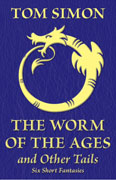
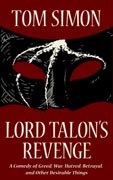
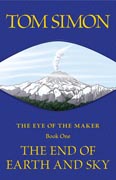
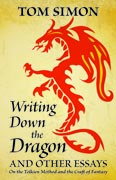
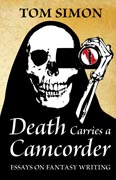
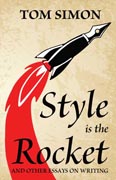
Recent Comments